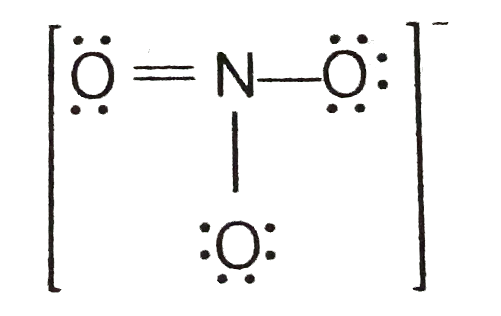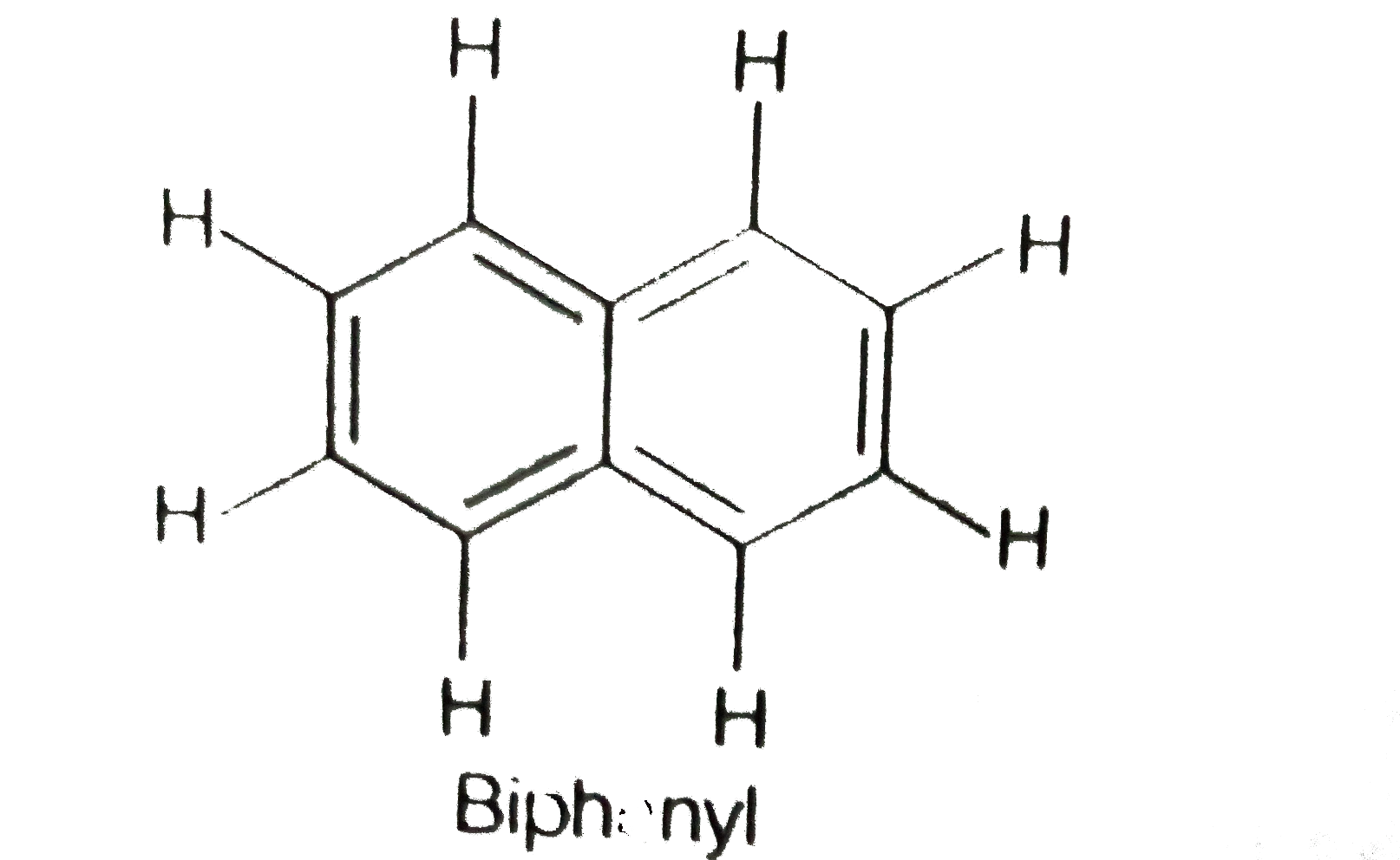Complete Solutions to MULTIPLE CHOICE QUESTION of chapter CHEMICAL BONDING AND MOLECULAR STRUCTURE of Class 11 book with complete answers and questions
| Class 11 | CHEMISTRY |
| Chapter | CHEMICAL BONDING AND MOLECULAR STRUCTURE |
| NCERT EXEMPLAR | MULTIPLE CHOICE QUESTION |
| Number Of Questions | 30 |
| Academic Year | 2023-24 |
Isostructrual species are those which have the same shape and hybridisation. Among the given identify the isostructural pairs.
View SolutionPolarity in a molecule and hence the dipole moment depends primarily on electronegativity of the constituent atoms and shape of a molecule. Which of the following has the highest dipole moment?
View SolutionThe hybridization of atomic orbitals of nitrogen is `NO_(2)^(+), NO_(3)^(-)`, and `NH_(4)^(+)` respectively are
View SolutionHydrogen bonds are formed in many compounds e.g. `H_(2)O`, HF, `NH_(3)`. The boiling point of such compounds depends to a extent on the strength of hydrogen bond and the number of hydrogen bonds. The correct decreasing order of the boiling points above compounds is
View SolutionIn `PO_(4)^(3-)` ion the formal charge on the oxygen atom of P-O bond is
View SolutionIn `NO_(3)^(-)` ion, the number of bond pairs and lone pairs of electrons on nitrogen atom are
Thinking process
To solve this sequence we must know the structure of `NO_(3)^(-)` ion i.e,

Then, cound the bond pairs and lone pairs of electron on nitrogen.
View SolutionWhich of the following species has tetrahedral geometry?
View SolutionNumber of `pi` bonds and `sigma` bonds in the following structure is

View SolutionWhich molecule/ion out of the following does not contain unpaired electrons?
View SolutionIn which of the following molecule/ion all the bonds are not equal?
View SolutionIn which of the following substances will hydrogen bond be strongest?
View SolutionIf the electron configuration of an element is `1s^(2), 2s^(2), 2p^(6), 3s^(2), 3p^(2), 3d^(2), 4s^(2)`, the four electrons involved in chemical bond formation will be
View SolutionWhich of the following angle correponds to `sp^(2)` hybridisation?
View SolutionThe electronic configuration ofhte elements. A, B and C are given below. Answer the question from 14 to 17 on the basis of these configuration.
`{:(A,1s^(2),2s^(2),2p^(6),,),(B,1s^(2),2s^(2),2p^(6),3s^(2),3p^(3)),(C,1s^(2),2s^(2),2p^(6),3s^(2),3p^(5)):}`
Stable form of A may be represented by the formula.
View SolutionThe electronic configuration ofhte elements. A, B and C are given below. Answer the question from 14 to 17 on the basis of these configuration.
`{:(A,1s^(2),2s^(2),2p^(6),,),(B,1s^(2),2s^(2),2p^(6),3s^(2),3p^(3)),(C,1s^(2),2s^(2),2p^(6),3s^(2),3p^(5)):}`
Stable form of C may be represented by the formula
View SolutionThe electronic configuration ofhte elements. A, B and C are given below. Answer the question from 14 to 17 on the basis of these configuration.
`{:(A,1s^(2),2s^(2),2p^(6),,),(B,1s^(2),2s^(2),2p^(6),3s^(2),3p^(3)),(C,1s^(2),2s^(2),2p^(6),3s^(2),3p^(5)):}`
The molecular formula of the compound formed from B and C will be
View SolutionThe electronic configuration ofhte elements. A, B and C are given below. Answer the question from 14 to 17 on the basis of these configuration.
`{:(A,1s^(2),2s^(2),2p^(6),,),(B,1s^(2),2s^(2),2p^(6),3s^(2),3p^(3)),(C,1s^(2),2s^(2),2p^(6),3s^(2),3p^(5)):}``
The bond between B and C will be
View SolutionWhich of the following orderof energies of molecular orbitals of `N_(2)` is correct?
View SolutionWhich of the following statement is not correct from the view point of molecular orbital theory?
View SolutionWhich of the following options represents the correct bond order?
Thinking process
To calcualte bond order, write the molecular orbital configuration of particular species and afterwards using the formula.
Bond order =`1/2` [Number of bonding `(N_(6))` - Number of anti-bonding electrons `(N_(a))`]
View SolutionThe electronic configuration of the outer most shell of the most electronegative element is :
View SolutionAmongst the following elements (whose electronic configuration an given below) the one having highest ionization energy is
View SolutionWhich of the following have identical bond order?
View SolutionWhich of the following attain the linear structure ?
View SolutionCO is isoelectronic with
View SolutionWhich of the following species have the same shape?
View SolutionWhich of the following statements are correct about `CO_(3)^(2-)`?
View SolutionDiamagnetic species are those which contain no unapired electrons. Which among the following are diagmagnetic?
View SolutionSpecies having same bond order are
View SolutionWhich of the following statements are not correct?
View Solution
MULTIPLE CHOICE QUESTION questions and complete solutions for chapter CHEMICAL BONDING AND MOLECULAR STRUCTURE of NCERT CHEMISTRY (HINGLISH) of Class 11